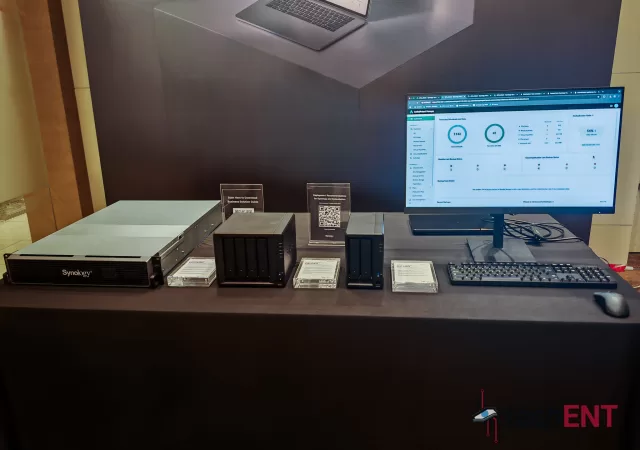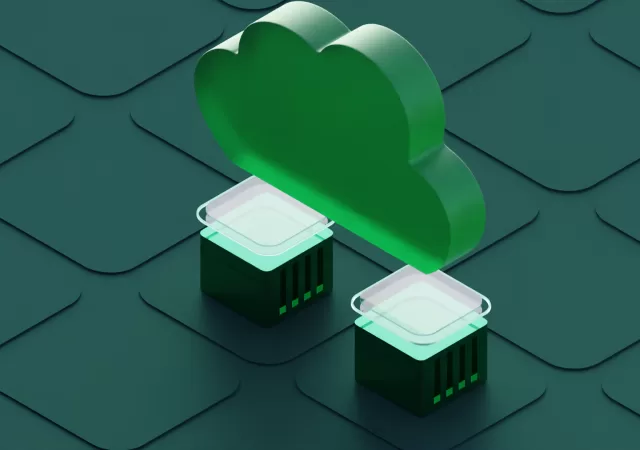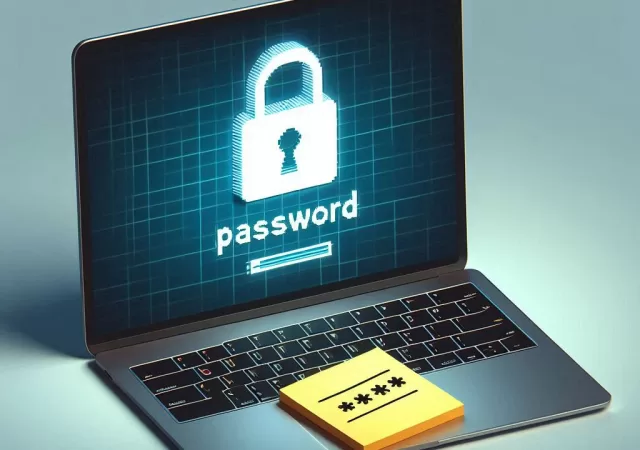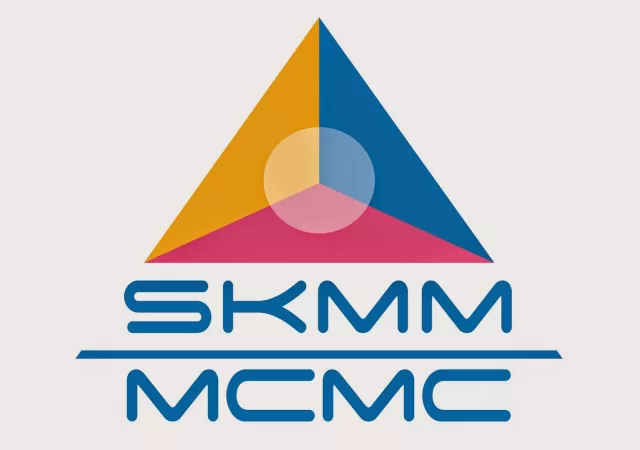Digitisation an organization shouldn’t be solely dependent on developers, Ramesh Nanda Kumar from Kissflow highlights how “Citizen Development” may be the key.
Synology Active Protect Now Available in Malaysia
Synology amalgamates years of back up and data security prowess in to a single, easy to deploy offering with its new Synology Active Protect offering.
Accenture Enhances Cybersecurity Offerings with Generative AI and Advanced Technologies
Accenture expands its offerings in cybersecurity with new AI-enhanced services aimed at mitigating the impact of Gen AI based threats on business operations.
Maybank Introduces New “Money Lock” Feature on MAE App for Better Security and Fraud Prevention
Maybank introduces a new “Money Lock” feature to its MAE app to help fortify security and prevent fraud.
Open Source Technologies Enable Better Resilience & Security
Stay ahead of cyber threats with open-source technology. Discover how it enables businesses to protect their critical systems and data in a rapidly evolving threat landscape.
Developing and Enhancing Cyber Resilience in Core Infrastructure
From mobile dominance to cybersecurity and threat intelligence, BlackBerry has pivoted to apply its know-how to enhance and enable cyber resilience at scale.
How Your Bad Password Hygiene Can Put Everything At Risk at Home and at Work
Passwords keep our data safe. Bad passwords could risk personal data breaches and millions in losses? How?
Android Users! Your Data Could Be Compromised Due to “Dirty Stream” Exploit
Android Users beware! A large number of apps could be compromised thanks to sloppy implementation of a core Android feature.
What Might the Next Decade Bring for Computing?
New technologies can take many forms. Often, they come from generally straightforward, incremental product advances over the course of years; think the Complementary Metal-Oxide-Semiconductor (CMOS) process shrinks that underpinned many of the advances in computing over the past decades. Not…












